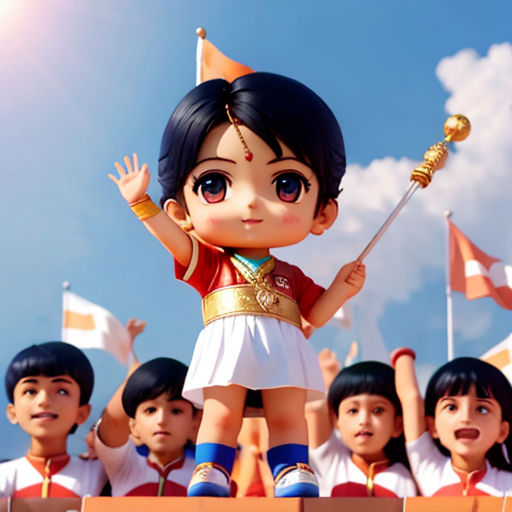
The Fight for Freedom: A Comic Book History of Indian Independence
By Storybird

22 Jun, 2023

Once upon a time, in a land called India, people lived under the rule of a powerful empire called the British Empire. The Indians felt their rights were taken away, and they longed for freedom. This is the story of how they fought to gain their independence.
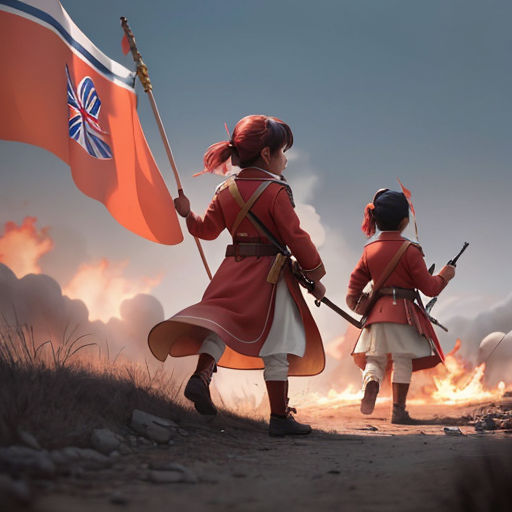
In the year 1857, the Indians had their first rebellion against the British. Known as the First War of Independence, or the Indian Mutiny, it was a fierce and bloody struggle, but ultimately, it was crushed by the British. The Indians realized that they were not yet ready to defeat the mighty empire.
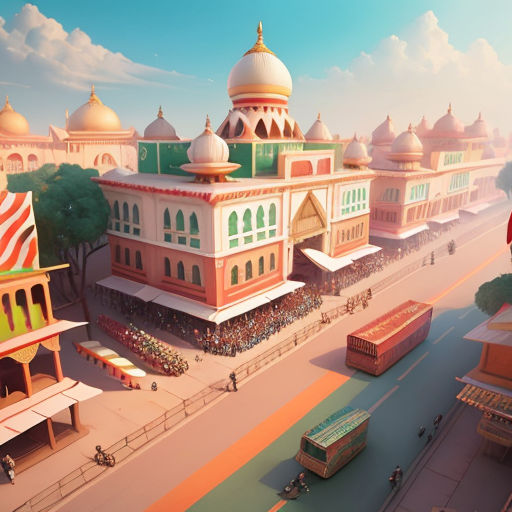
Years after the rebellion, in 1885, an organization called the Indian National Congress or INC was formed. The INC sought a peaceful way to gain independence through negotiations and reforms. However, not everyone agreed with their approach.
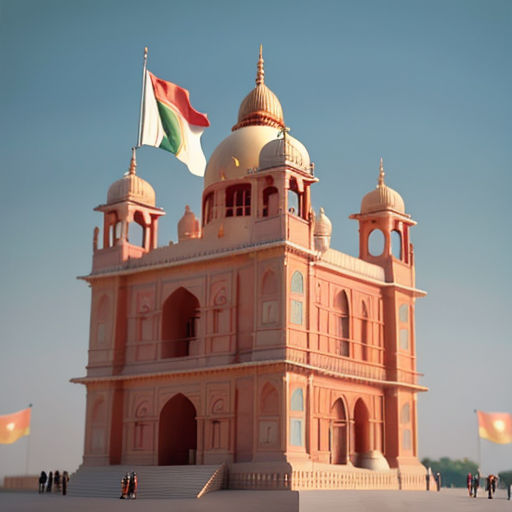
Time passed, and in 1905, Lord Curzon, the British Viceroy, decided to divide the Bengal province into two parts. This angered the Indian people, and sparked a new wave of protests called "Swadeshi" movement which led to the boycott of British goods.
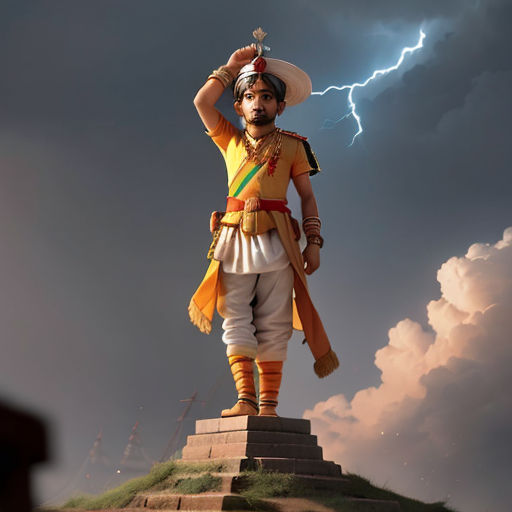
During this period, a brave soul named Bal Gangadhar Tilak emerged. He was a nationalist firebrand who believed in fighting for independence. One of his most famous quotes was, "Swaraj (self-rule) is my birthright and I shall have it!"

Enter a new hero in our story – Mohandas Karamchand Gandhi, a young lawyer who returned from South Africa in 1915. He brought with him the idea of nonviolent civil disobedience or "Satyagraha," which means the "force of truth."

In 1919, the British introduced the Rowlatt Acts, which allowed them to imprison Indians without trial. This triggered massive protests led by Gandhi, who called for a nationwide strike known as the "Hartal.” Sadly, the protests took a violent turn in the city of Amritsar.
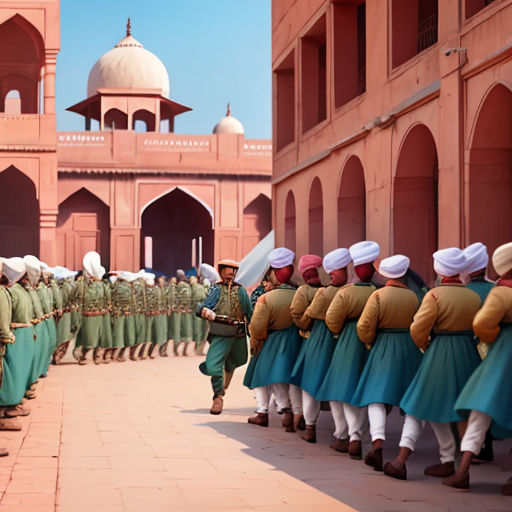
On April 13, 1919, thousands of Indians gathered at Jallianwala Bagh in Amritsar. General Dyer, a British officer, ordered his troops to open fire on the peaceful gathering, killing hundreds. This event, known as the Jallianwala Bagh Massacre, shocked the world.
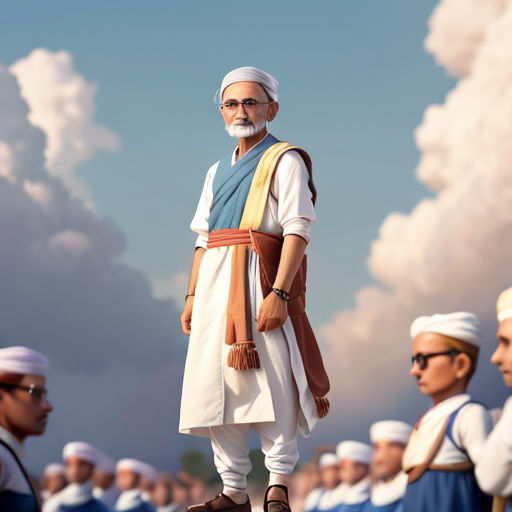
Following the massacre, Gandhi intensified his fight for independence. In 1920, he launched the Non-Cooperation Movement, urging Indians to withdraw from the British system, including schools, jobs, and the courts. The movement gained immense popular support.
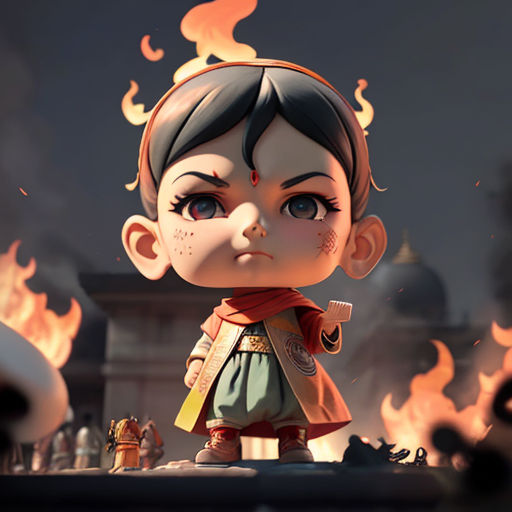
However, in 1922, a violent incident occurred in Chauri Chaura, where protestors burned down a police station, killing 22 policemen. Deeply upset, Gandhi called off the Non-Cooperation Movement, as he believed that the Indian people were not yet ready for nonviolent resistance.
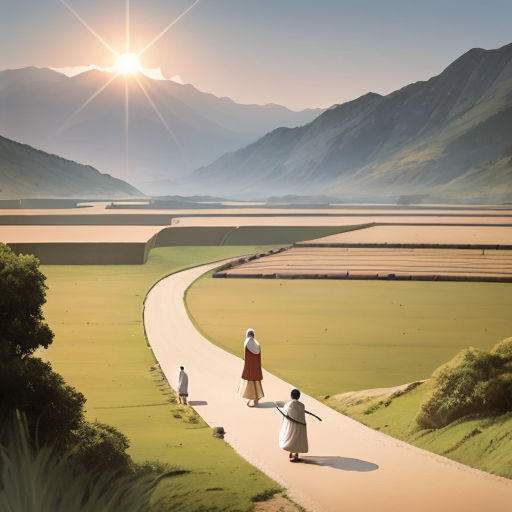
In 1930, Gandhi launched the Salt March to protest the British monopoly on salt production and taxation. He led thousands of Indians on a 240-mile trek to the Arabian Sea to make their own salt. This act of civil disobedience inspired millions and put pressure on the British.
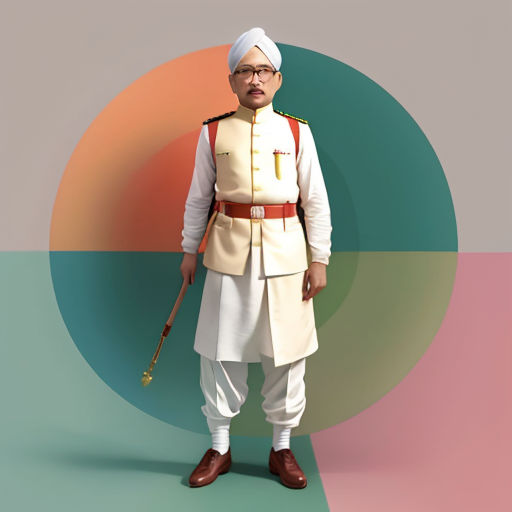
Throughout the 1930s, the INC continued their fight for independence and sought to create a more inclusive organization. Leaders like Jawaharlal Nehru and Subhash Chandra Bose emerged, advocating for socialism and the removal of poverty.
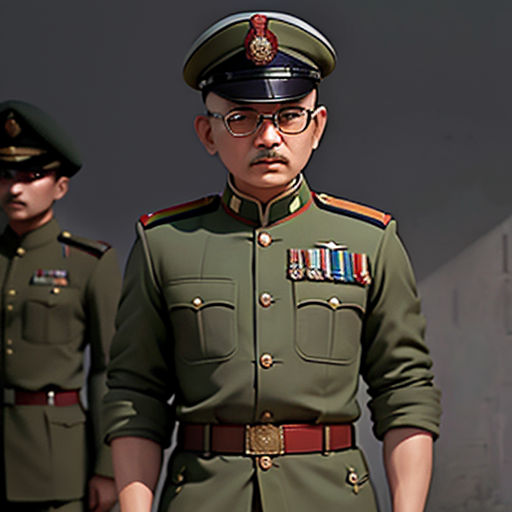
In 1942, Gandhi launched the Quit India Movement, demanding immediate independence for India. This time, the British responded by imprisoning Gandhi and other INC leaders. Meanwhile, Bose formed the Indian National Army or INA to fight the British by joining forces with the Axis powers during World War II.
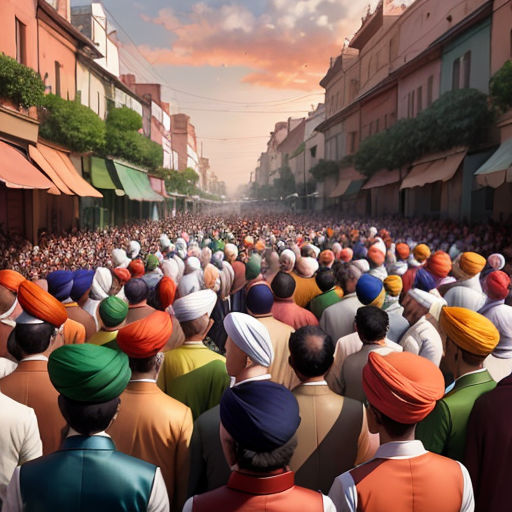
As World War II came to an end, the British economy was weakened, and their grip on India was loosening. In 1947, the British government announced their intention to leave India, but with a twist – they would divide the country into two separate nations: India and Pakistan.
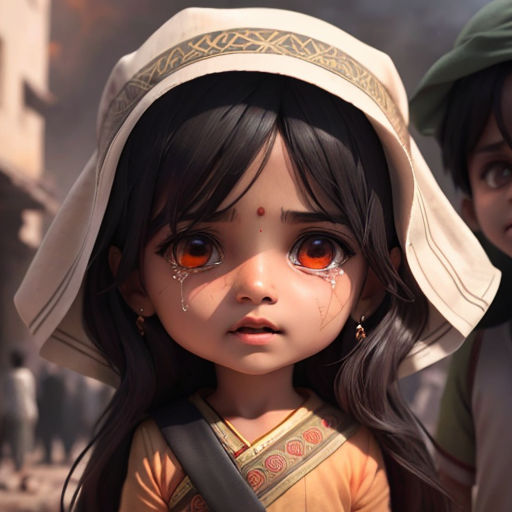
This partition brought about immense violence and suffering as millions of people were forced to migrate across the newly drawn borders. Hindu and Muslim communities, once united in their fight for independence, were now torn apart by hatred and fear.

On August 15, 1947, India finally gained its independence. Jawaharlal Nehru, the first Prime Minister, gave a historic speech called "Tryst with Destiny." He spoke of India awakening to a new dawn, a new era of freedom, and the end of their long struggle.

Unfortunately, the joy of this moment was short-lived. On January 30, 1948, Mahatma Gandhi was assassinated by a Hindu extremist who blamed him for the partition and the suffering it caused. The nation mourned the loss of their beloved leader.
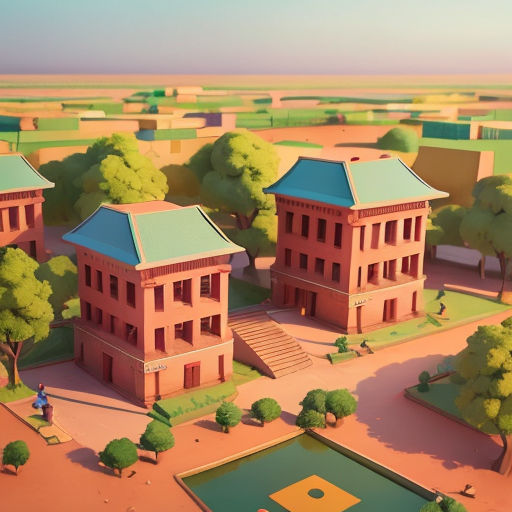
Despite the challenges, India continued to grow and prosper. In the following decades, the country made great strides by establishing a democratic system, adopting a constitution, and working towards social and economic progress.

The story of India's independence is one of hope, perseverance, and unity in the face of adversity. It teaches us that no matter how dark the night, the sun will rise again, bringing a new day filled with the promise of a brighter future.

Today, India is a diverse and thriving nation, shaped by the struggles and sacrifices of its people. Its journey towards freedom serves as a reminder of the power of unity and the indomitable spirit of the human race.

So, let us always remember the heroes who fought for independence, the men and women who believed in a free India, and the generations that followed, who continue to build upon the foundations laid by their forefathers. Jai Hind!